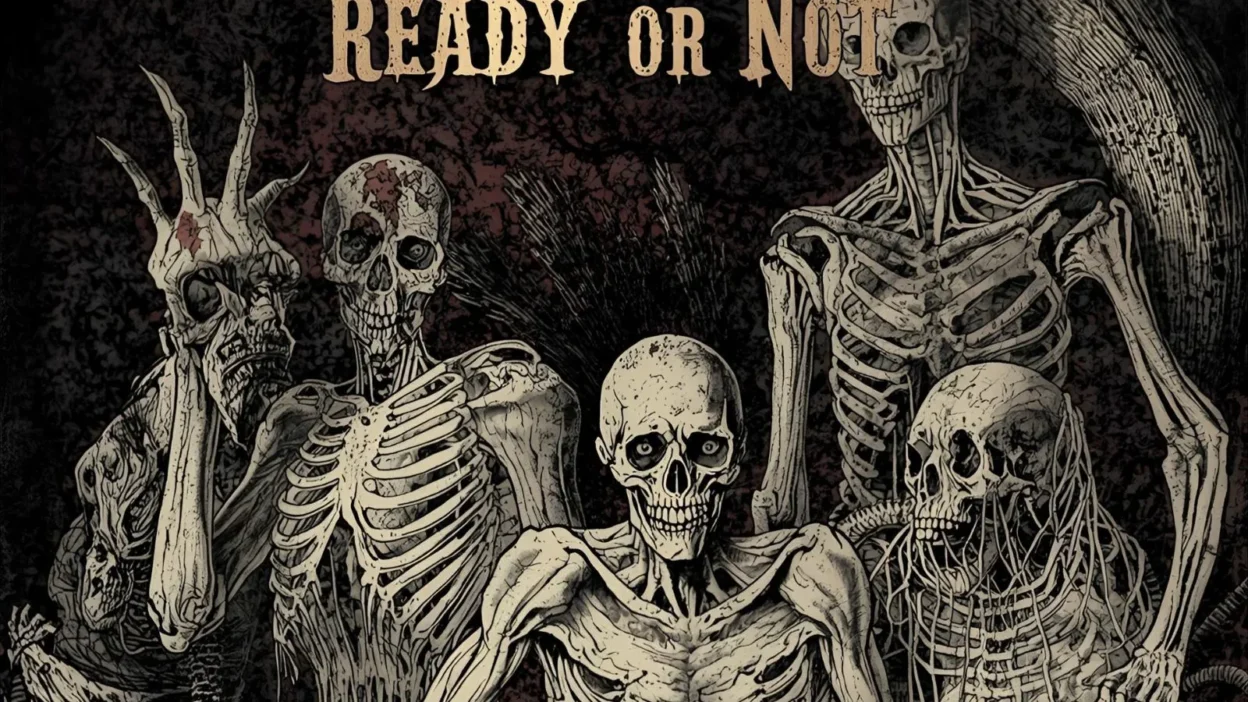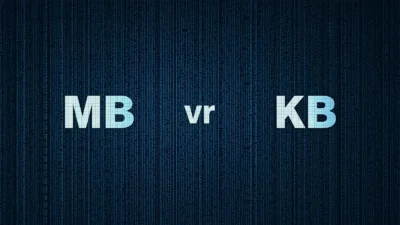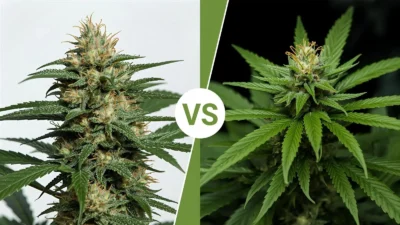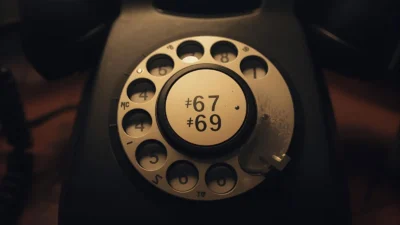If you’ve searched for “twisted nerve ready or not”, chances are you’ve heard the haunting whistle tune somewhere—maybe in a movie, a meme, or even a TikTok clip.
The phrase confuses people because it mixes two things: “Twisted Nerve,” the chilling whistling theme from Bernard Herrmann’s 1968 film soundtrack, and “Ready or Not,” a popular hide-and-seek phrase that has been used in games, songs, and movies.
Many people combine these words when searching online, either looking for the soundtrack or trying to understand where the phrase came from.
This article clears up the confusion. You’ll learn what “twisted nerve ready or not” means, where it came from, and how it’s used in culture today.
We’ll also look at spelling, usage in everyday writing, and global popularity—so you can finally use it the right way without second-guessing.
Twisted Nerve Ready or Not – Quick Answer
The phrase “twisted nerve ready or not” usually refers to the whistling theme “Twisted Nerve” combined with the phrase “ready or not” used in hide-and-seek games. It went viral in pop culture thanks to its use in films like Kill Bill and horror-thrillers, where the whistle often signals something eerie—like a pursuer saying, “Ready or not, here I come.”
Example:
- In a meme video, the whistle plays while the caption says “Twisted nerve, ready or not…”
- In fan edits, people use the whistle when a character is about to appear suddenly.
The Origin of Twisted Nerve Ready or Not
- “Twisted Nerve” is a 1968 psychological thriller scored by Bernard Herrmann. Its whistle theme became iconic after Quentin Tarantino reused it in Kill Bill: Vol. 1 (2003).
- “Ready or not” is a children’s game phrase that dates back to the 1500s, meaning the seeker is about to start searching.
The combination happened when people began pairing the whistle with the phrase in pop culture, memes, and suspense scenes—blending horror with playfulness.
British English vs American English Spelling
Interestingly, there’s no major spelling difference for “twisted nerve ready or not.” But since the words are simple, people sometimes search with variations like “twist nerve” or “twisted nerv.”
| British English | American English | Notes |
| Twisted Nerve | Twisted Nerve | Same spelling |
| Ready or Not | Ready or Not | Same spelling |
Unlike words like “colour vs color,” this phrase stays consistent.
Which Spelling Should You Use?
- In the US: Use “Twisted Nerve Ready or Not” as-is—Americans recognize it from Kill Bill and horror memes.
- In the UK/Commonwealth: The phrase works the same, but UK audiences may connect it more with Bernard Herrmann’s original soundtrack.
- Globally: Keep the standard spelling, since variations will confuse search engines and readers.
Common Mistakes with Twisted Nerve Ready or Not
- Wrong order: Writing “ready or not twisted nerve” instead.
- Misspelling “nerve” as “nerv.”
- Confusing it with medical terms: Some people think it refers to an actual nerve disorder.
- Mixing with Fugees’ song “Ready or Not.”
Correct use: “Twisted Nerve Ready or Not.”
Twisted Nerve Ready or Not in Everyday Examples
- Emails: “The suspense builds like twisted nerve ready or not.”
- News headlines: “Twisted Nerve ready or not—creepy whistle returns in new thriller.”
- Social media: Hashtags like #TwistedNerve #ReadyOrNot trend with scary memes.
- Formal writing: Film critics use it to describe eerie anticipation in scenes.
Twisted Nerve Ready or Not – Google Trends & Usage Data
- Top Countries: US, UK, Canada, Australia, and India.
- Peak searches: Around Halloween and after film re-releases.
- Context: Mostly connected to movies, horror content, and memes.
| Variation | Popularity | Context |
| Twisted Nerve Ready or Not | High | Film/music searches |
| Twisted Nerve whistle | Very High | Kill Bill, TikTok |
| Ready or Not game | Medium | Kids’ games |
FAQs
1. What does “Twisted Nerve Ready or Not” mean?
It mixes the creepy “Twisted Nerve” whistle with the hide-and-seek phrase “ready or not.”
2. Where does the Twisted Nerve whistle come from?
From Bernard Herrmann’s 1968 soundtrack, reused famously in Kill Bill.
3. Why do people say “ready or not” with it?
Because the whistle often signals someone approaching—like in a game or a horror scene.
4. Is it related to a medical condition?
No. Despite “nerve” in the name, it’s purely cultural, not medical.
5. Is there a song called “Ready or Not”?
Yes, by the Fugees and other artists—but it’s unrelated to “Twisted Nerve.”
6. Can I use it in writing?
Yes, but only in creative, cultural, or entertainment contexts.
7. Why did it go viral on TikTok?
Because the whistle sound is short, eerie, and perfect for suspense edits.
Conclusion
The phrase “twisted nerve ready or not” combines two powerful cultural symbols: the eerie whistle theme from Twisted Nerve and the playful yet suspenseful phrase “ready or not” from children’s games. Together, they create a phrase that people use to signal suspense, surprise, or fear in films, memes, and social media.
Unlike other English phrases, there are no spelling differences between American and British English—it’s spelled the same worldwide. Still, users often confuse it with medical terms or misplace the word order. Knowing its origin helps you avoid mistakes and use it effectively.
So, whether you’re writing an article, posting a meme, or analyzing a movie scene, remember: “Twisted Nerve Ready or Not” is about suspense and surprise—never about science.



